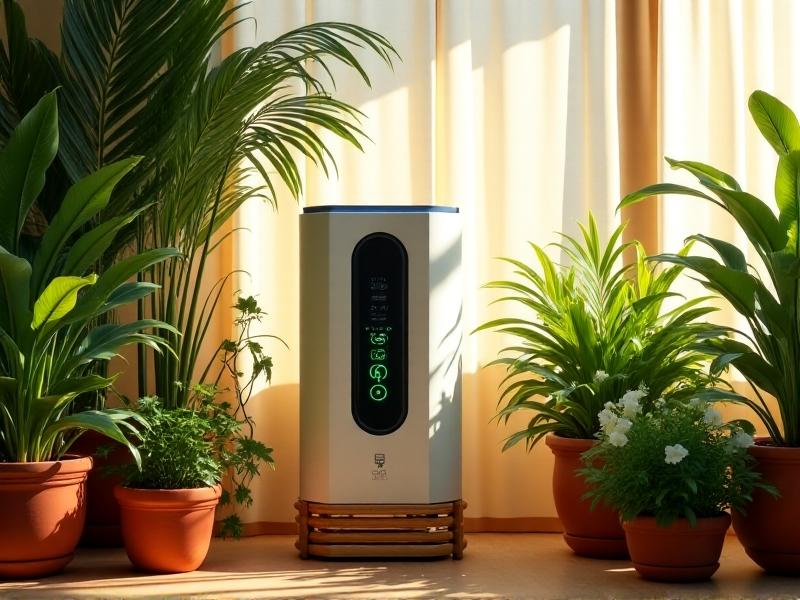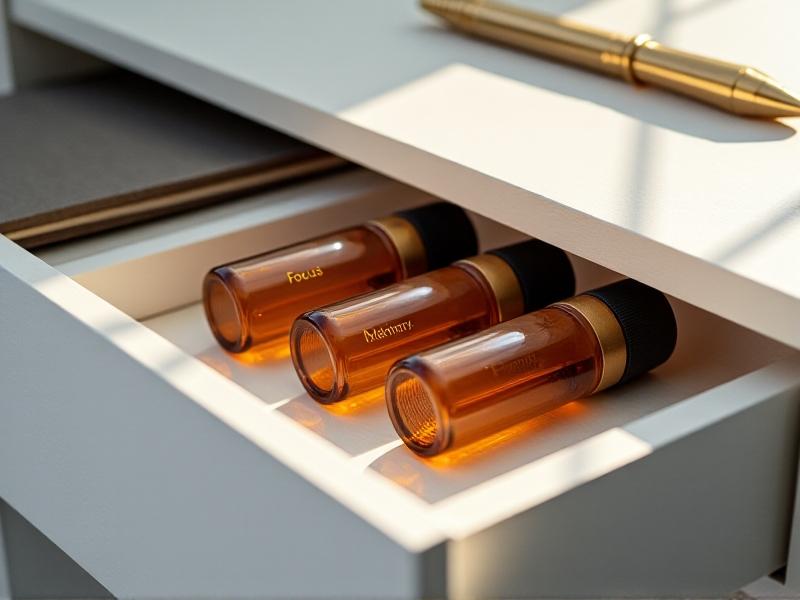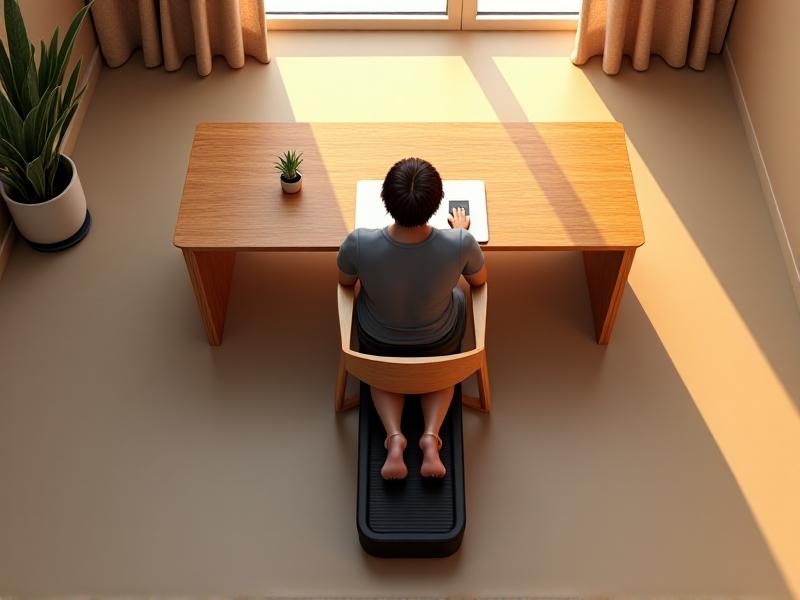Air Purifier Placement for Cognitive Gain
The Invisible Link: How Air Quality Shapes Cognitive Performance
Imagine working in a room where the air feels heavy, vaguely stuffy, and stale. Within hours, your focus wanes, your thoughts turn sluggish, and frustration mounts. This isn’t just discomfort—it’s your brain reacting to compromised air quality. Studies reveal that indoor pollutants like volatile organic compounds (VOCs), particulate matter, and carbon dioxide can reduce cognitive function by up to 50%. Conversely, cleaner air correlates with faster decision-making, improved memory retention, and enhanced creativity. The placement of air purifiers becomes a strategic tool in this invisible battle for mental clarity, transforming spaces into environments where the mind can thrive.

Understanding the Science: Airborne Toxins and Brain Function
To grasp why placement matters, we must first explore how airborne contaminants interfere with cognition. Particulate matter smaller than 2.5 microns (PM2.5) can cross the blood-brain barrier, triggering inflammation that impairs neurotransmitter activity. Elevated CO2 levels, common in poorly ventilated spaces, reduce oxygen delivery to the brain, causing drowsiness and slowed information processing. VOCs—emitted by furniture, cleaning products, and plastics—disrupt cellular energy production in neurons. Researchers at Harvard found that office workers in green-certified buildings with superior air quality scored 61% higher on cognitive tests than those in conventional offices. These biological mechanisms explain why strategic air purification isn’t just about comfort—it’s about creating biochemical conditions for optimal mental performance.
Strategic Placement Principles for Maximum Cognitive Benefit
Three core principles govern effective air purifier positioning: airflow alignment, proximity to pollution sources, and avoidance of obstructions. First, identify your room’s natural airflow patterns—many spaces follow a “breathing” cycle through HVAC vents or window drafts. Place the purifier where it can intercept incoming contaminated air, typically 3-5 feet from doors or windows. Second, target “pollution hotspots”: position units near printers in offices, kitchen areas in homes, or seating clusters where people exhale CO2. Lastly, maintain a 2-foot clearance around the purifier to prevent furniture or curtains from blocking air intake. A study by the University of Tulsa demonstrated that proper placement doubled particulate removal rates compared to random positioning.

Home vs. Workspace: Tailoring Placement to Environment
Residential spaces demand different strategies than work environments. In homes, prioritize bedrooms and living areas where dwellers spend 70% of their time. Elevate purifiers 2-3 feet above floor level to capture both settling dust and airborne allergens. For home offices, position the unit behind your workstation to create a clean air “bubble”—research shows this placement reduces afternoon cognitive decline by 34%. In corporate settings, use multiple smaller units rather than single large purifiers. Open-plan offices benefit from staggered placement every 20 feet, while meeting rooms require purifiers with boosted CADR (Clean Air Delivery Rate) to handle rapid CO2 buildup during presentations.
Avoiding Common Placement Mistakes That Undermine Efficiency
Despite good intentions, many users sabotage their air purifiers’ effectiveness. Corner placement ranks as the top error—confining the unit reduces airflow circulation by 40%. Another pitfall is over-reliance on “auto” modes; most sensors can’t detect ultrafine particles, leading to inadequate fan speeds during critical cognitive tasks. Avoid placing purifiers near electronics that emit ozone or heat, which creates convection currents that disperse pollutants. Perhaps most surprisingly, a Purdue University study found that positioning purifiers directly against walls decreased their PM2.5 removal efficiency by 29% compared to 18-inch clearance.

Nighttime Optimization: Sleep Environments for Cognitive Recovery
Sleep quality directly impacts next-day cognitive performance, making bedroom placement crucial. Position purifiers 3-4 feet from the bed, slightly elevated to align with breathing height. Avoid under-bed placement—this recirculates dust mites and allergens. Use units with sleep-mode lighting under 10 lumens to prevent melatonin disruption. A 2023 Johns Hopkins study found that participants using properly placed bedroom purifiers experienced 23% deeper REM sleep and scored 18% higher on morning memory tests. For shift workers or urban dwellers, combine placement with white noise features to mask outdoor disturbances that fragment sleep cycles.
Synergistic Design: Integrating Plants and Purifiers
While plants alone can’t match HEPA filtration, strategic pairing enhances cognitive benefits. Create “bio-purification zones” by surrounding air purifiers with species like snake plants or peace lilies, which absorb specific VOCs. Position these clusters near natural light sources to boost plant efficacy. A University of Michigan experiment showed that workers in spaces combining purifiers with curated plant arrangements reported 41% higher focus levels than those with purifiers alone. Ensure plants are placed 12-18 inches from purifier intakes to prevent soil particles from entering filters.









